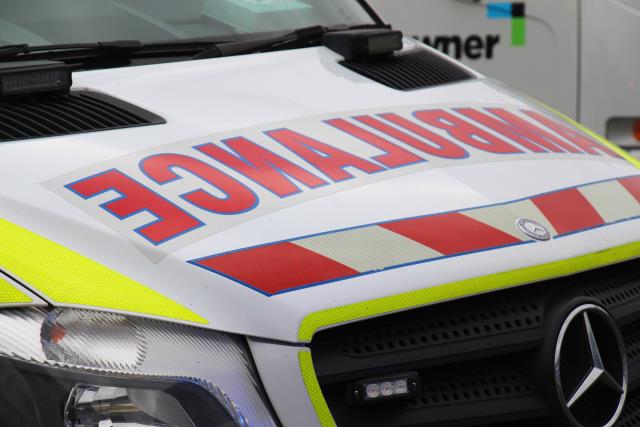Liam McNally
Ambulance wait times have increased by almost 50 per cent for the Melton municipality since before the pandemic, according to Ambulance Victoria data.
In the quarter comprising July 1 to September 30 2019 the average response time was 11 minutes and 38 seconds for a code one emergency, in the same quarter in 2022 the average wait time was 17 minutes and 19 seconds.
The average response time was two minutes longer than the same time last year, however it has fallen from a peak of 17 minutes and 46 seconds in the quarter comprising April 1 to June 30 2022.
47.4 percent of emergencies had a wait time longer than the AV target response time of 15 minutes in the most recent quarter.
Moorabool had a higher average wait time of 17 minutes and 41 seconds, up from 14 minutes and 42 seconds for the same quarter of 2019.
However the average Moorabool wait time has decreased from a peak of 20 minutes and one second in the months of October 1 to December 31 2021.
In the most recent quarter 51.7 per cent of code one emergencies in Moorabool had an average wait time of longer than 15 minutes.
For the urban centre localities wait times were lower at 16 minutes and 58 seconds for Melton, and 16 minutes and 41 seconds for Bacchus Marsh.
The emergencies in these centres represent 44 per cent of all responses in the Melton municipality and 61.4 per cent of all Moorabool responses.
State-wide, paramedics responded to 64.3 per cent of Code one cases within the state-wide average target of 15 minutes
Ambulance Victoria Executive Director of Clinical Operations Anthony Carlyon said demand for ambulance services remained at record levels for the first quarter of 2022/23 due to the continued impacts of COVID-19 and the flu.
“July to September was our busiest first quarter on record, and the second busiest quarter ever,” he said.
“Together with the previous quarter, this was by far the busiest and most challenging winter ever. Our paramedics and first responders worked tirelessly to keep delivering world class care.”







